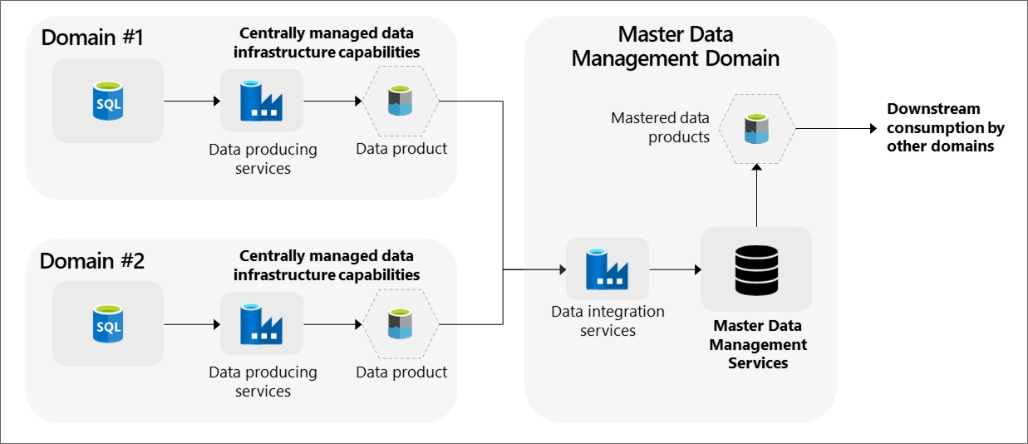Artha Solutions Indonesia was privileged to participate as a Silver Sponsor in the dynamic Digital Transformation Indonesia DTI-CX 2024, Jakarta. It was an incredible opportunity to connect with industry leaders, share our expertise in customer experience innovation, and explore new avenues for collaboration.
Our team was thrilled to showcase how Artha Solutions can be a catalyst for digital transformation, empowering businesses to deliver exceptional customer experiences, enhance efficiency, and drive innovation. We were delighted by the overwhelming interest and engaging conversations with visitors at our booth.
We had the pleasure of meeting representatives from diverse industries, including Huawei, Icon+, PT. Sinergi Informatika Semen Indonesia (Cement Industry), PT. Kaltim Prima Coal, and Kepala Pusat Data Badan Pengawas Obat dan Makanan (Governance), Pertamina (Oil Industry), BPJSTK (Governance Insurance), Bank Sumut, Taspen (FSI), PT. Rajawali Nusantara Indonesia (Governance), Jakarta Smart City (Governance), PT Sicepat Ekspres Indonesia (Logistic) among many others. These interactions provided invaluable insights into the challenges and opportunities facing businesses in Indonesia.
A key focus of our discussions was highlighting Artha Solutions’ advantages in accelerating digital transformation journeys. We emphasized our expertise in data management and analytics, which are crucial for organizations seeking to gain a competitive edge.
Dodi Y Soewandi, Country Head, Artha Solutions Indonesia, delved deeper into how Artha Solutions can support Indonesian businesses in optimizing their data management strategies. He emphasized the importance of effective data management in improving operational efficiency and achieving growth objectives. Additionally, he addressed the common hurdles businesses encounter when adopting advanced data analytics solutions and outlined how Artha Solutions can help overcome these challenges.
To illustrate the impact of our solutions, we shared a successful case study where a client leveraged our data analytics capabilities to gain a competitive advantage within their industry. This real-world example resonated with attendees and demonstrated the tangible benefits of partnering with Artha Solutions.

Our booth at the conference attracted many visitors who participated in thought-provoking discussions. Their engagement and support inspire us to continue developing innovative solutions that drive digital transformation and create exceptional customer experiences.
Artha Solutions looks forward to building stronger partnerships and contributing to the growth and success of the Indonesian business landscape.









